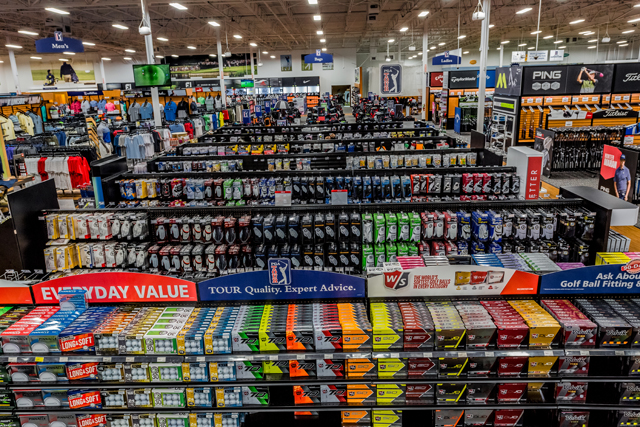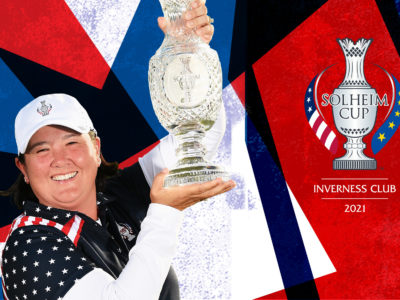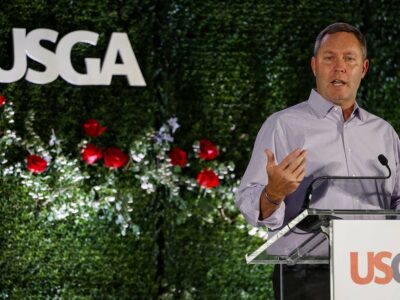By ED TRAVIS
One of the reasonable things to do, while watching my dog destroy the pillows on the couch, he’s bored too, or figuring out how much Worcestershire sauce to put in the pork chop marinade, is to think about what golf will look like after the stay-at-home and social distancing requirements are over.
These predictions may seem entirely logical, but are really just speculation, since the country, the economy and our culture have never experienced anything like the COVID-19 pandemic. Historians drawing comparisons to the 1918 flu epidemic, the Great Depression, World War II, September 11 attacks, or even the subprime mortgage crisis, fail to recognize the immense differences of what is now, versus what was then.
Let’s speculate together, keeping in mind historically the business of golf mirrors, but lags the health of the economy.
How Long?
Recreational golf has not gone away just severely curtailed. Charts tracking the progress of COVID-19 are at best uncertain indicators but would seem to point at the earliest date for removing stay-at-home requirements might be Memorial Day. If that’s wishful thinking the worst case might be Labor Day but the Fourth of July seems reasonable. Parts of the country will be somewhat sooner and many longer reaching to the late fall.
Number of Players?
The National Golf Foundation (NGF) says the number of U.S. golfers at the end of 2018 was 24.2 million, but when stay-at-home transitions to go-out-and-play how many will come back? How many will have gotten out of the golf “habit” from job pressures or simply finding other ways to occupy their time? A reasonable guess is up to 10%.
Rounds Played
Everything in the game from tee times to sales of replacement cleats is tied to how many players and how many rounds. For the first two months of 2020 NGF says rounds played data showed a 15.2% increase over 2019, citing better weather as the reason. Assuming most of the missing 10% could be described as the least avid players, rounds played will possibly contract by 5%.
Course Closings?
It’s no secret many golf facilities had financial problems before COVID-19 and logic says the three- or four-month period of lower or no revenue brings the day closer when a significant number will be put to an alternate use. Fewer players mean fewer courses, plus increased downward price pressure on greens fees for the those remaining. Using our 5% decrease in rounds played would mean about 800 more courses will convert to housing developments.
Golf OEM’s?
If golfers aren’t playing, they aren’t buying clubs, balls, rain suits, or any other golf equipment. Though it may take until sometime next year the big five Original Equipment Manufacturers—Callaway, Titleist, TaylorMade, Cobra and Ping—will come out of this virus-induced sales depression just fine. Smaller equipment manufacturers, however, may not have the capital, or ability to survive.
One thing is certain right now golfers aren’t buying golf equipment. Even after the world gets back to “normal” golf consumers may delay club purchases for months. That’s human nature and in an article written for the April/May issue of Golf Oklahoma the guesstimate equipment sales would be down 40% this year and now revise that to 50%. It may take another year to for golf equipment sales to return to previous levels.
Retail?
The large golf chains, Dicks, Golf Galaxy, Worldwide Golf Shops and PGA Tour Superstores, which account for about half of all golf retail sales, will reopen with little, or no hangover. Small retailers will have more concerns. Major retailers will also have an immense advantage in e-commerce, due to cutting edge technology, image and visibility.
Expect deep discounts this summer as retailers attempt to bring inventory under control. This slowdown will also certainly affect introduction of new products from manufacturers.
E-commerce?
Internet sales of golf equipment has been increasing, expect that trend to continue at a faster pace. Online buying of golf purchasing makes sense for balls, shoes and apparel but not for clubs. Hands on testing and club fitting to match club to golfer is necessary to justify the cost.
Club customization will continue to grow with club fitters such as Club Champion experiencing a greater percentage of sales growth. Online sales of clubs especially discounted models will increase but, as always, results on the course will not match that of custom clubs.
Pro Tours?
As soon as the risk of further COVID-19 infection reaches an acceptable level the PGA Tour, LPGA and the other professional golf tours will resume operation. It will be strange, however, watching the Masters in November. Does it snow in Augusta before Thanksgiving?
Final Thoughts
Tempered by years of experience in business and observation of human nature, the foregoing are guesstimates piled on top of speculation. Please view them as such with the idea at least some of the points will be proven accurate.
We will get through this just fine. Try not to pay too much attention to the talking heads, or so-called experts predicting everything, including the end of the world economy.
Now if could just figure out how to get rid of my hook and add 25 yards to my tee shots, while lounging on my couch, in my living room.










